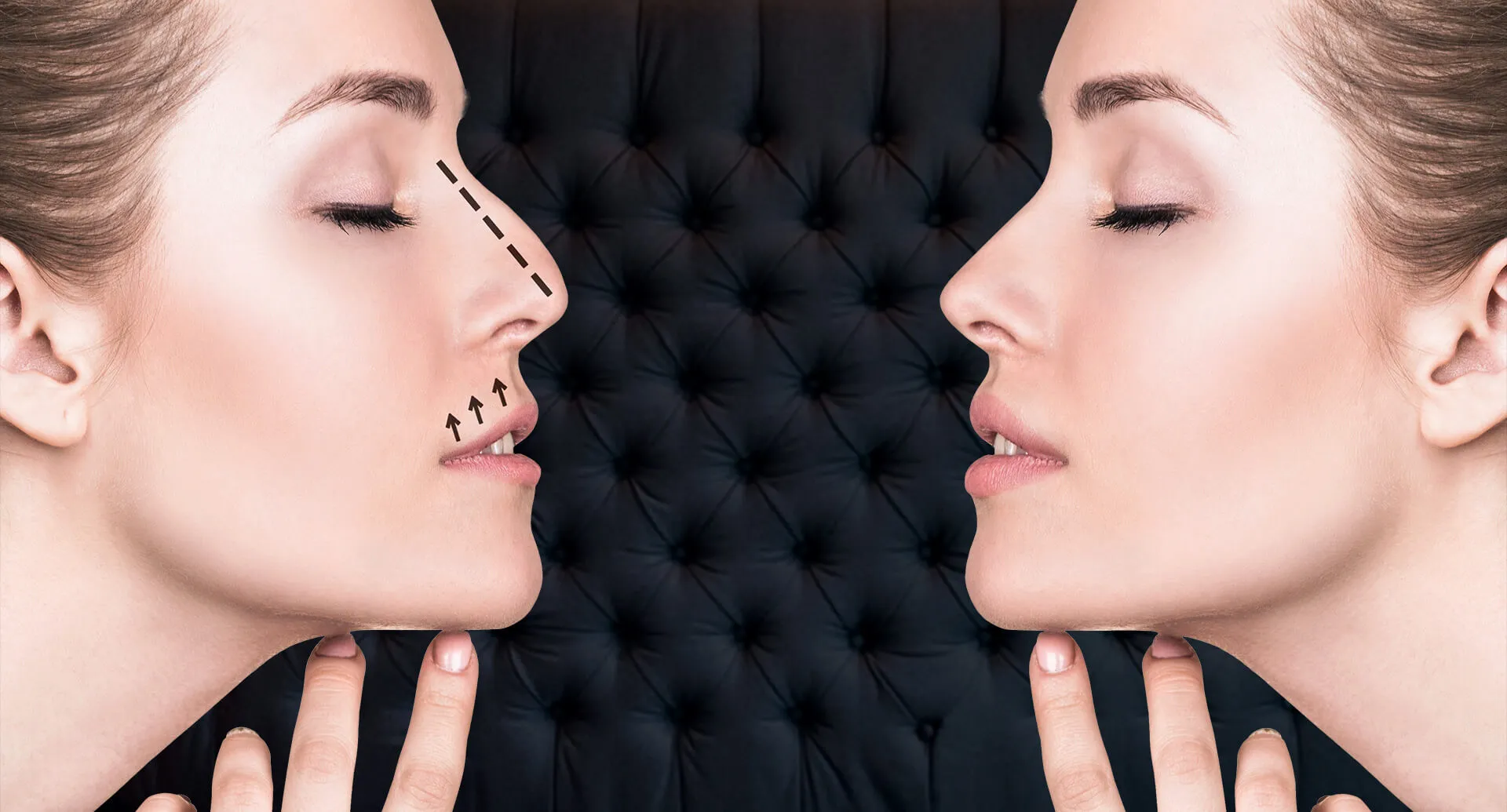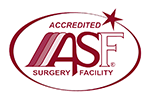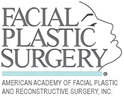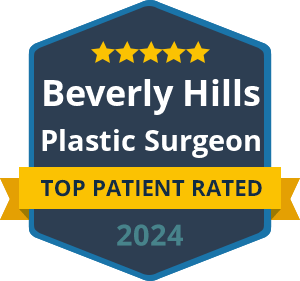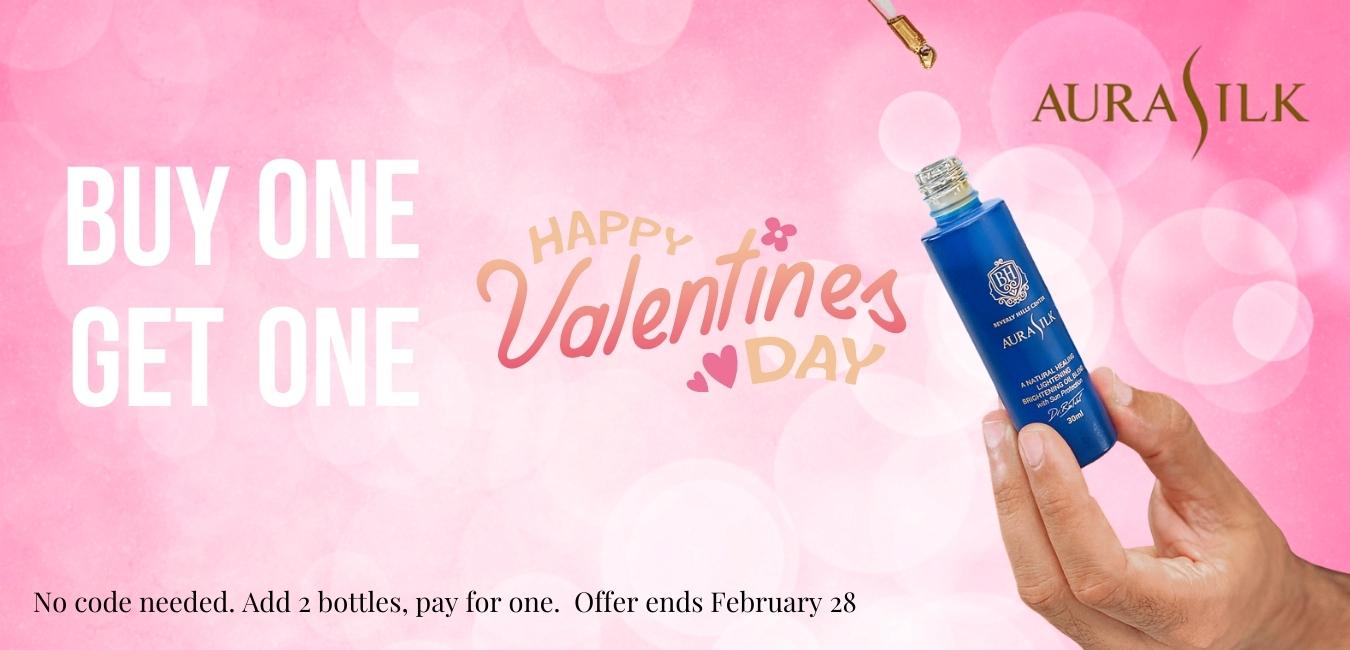Modified Upper Lip Lift FAQ
What is a Modified Upper Lip Lift?
The modified upper lip lift is a specific, advanced upper lip lift procedure pioneered by Dr. Ben Talei in Beverly Hills. The procedure is an evolution of the classic bull-horn lip lift providing dramatically better results and several advantages for safer healing. Specifically, the modified upper lip lift is defined as a deep plane lip lift with Sub-SMAS (Superficial Musculoaponeurotic System) release and secure suspension. The release is necessary to relieve the tension restricting lifting performed in any lifting procedure. Secure suspension to the pyriform ligaments at the nasal base ensures a long-lasting, predictable result that won’t harm the nose and nostrils. The artistic changes in the incision design and the tremendous change in tension release have made it possible to perform this procedure on patients of all ages, skin types and ethnicities.
The incision is placed in the natural crease that exists between the nose and the lip. The incision never goes farther than the natural crease and is never shorter. Shorter incisions tend to cause more scarring because of poor tension distribution. Once the incision heals, it is considered to be barely visible. This means that in a normal life scenario, others can’t see it. In order to show it to them you would have to stretch your lip out and point at it for them.
The modified upper lip lift has dramatically improved the problems seen with other lip lifts. Issues with scarring, nasal base effacement, widening of the nose and poor lip balance have all improved. Make sure to find an experienced surgeon for this procedure. It is a short and easy procedure to go through, but remember that the nasal base and the lip are very unforgiving with issues that are difficult to fix. Ultimately, the surgeon you choose is much more important than the technique.
Click here to see publications on the modified upper lip lift
How is a modified upper lip lift different from a regular lip lift?
There are many forms of upper lip lifts with various types of incisions. Looking online, you can find the bullhorn, gullwing, subnasal, Italian, double duck and a number of other lip lifts. The most commonly performed is the subnasal bullhorn lip lift, which involves an incision at the base of the nose followed by a simple closure. Many modifications have been made to this procedure to help camouflage or hide the scarring. Most of those advancements have been ineffective. The modified upper lip lift aims to release the tension and secure it to a dense, strong region, which obviates the need for creative design and ineffective techniques. The modified upper lip lift is a deep plane or sub-SMAS lip lift, which means it is not a skin-only lip lift. It releases the tension in the lip and lifts all the soft tissue layers over the muscle. Muscle plication is performed only on occasion. Most modified upper lip lifts are performed without any muscle work and a need for corner lip lifting. Other procedures such as VY augmentation, dermis-fat or SMAS grafting and corner lip lifts may also be combined with the upper lip lift as needed. The CO2 laser is also commonly performed at the same time and is safe to do so since it is a deep plane technique.
What is the difference between a skin-only lip lift and one with muscle plication?
Trying to understand the different techniques in lip lifting may be confusing. There are dozens of different incisions and hundreds of ways to lift and close the incisions. Most surgeons perform a simple skin excision and closure without any release and lifting, or they may choose to release the skin a little. These would be considered skin-only lip lifts. Other surgeons choose to excise a portion of muscle or plicate or bind the muscle. This technique may be useful in shortening the lip muscles or relieving some tension on closure. It is important to note that plicating a functioning muscle renders that portion useless as it begins to scar and fibrose immediately. If muscle plication is performed properly, it may benefit lips with hypertrophic orbicular muscles.
Is it good to work on the muscle during a lip lift?
The answer to this depends on which surgeon performs the procedure, their reasoning and the technique used. In most instances, muscle plication can actually drag the base of the nose down while rendering the plicated muscle useless. When performed properly, a muscle plication can shorten a hypertrophic orbicular muscle and relieve some tension during the closure of the incision. Overall, the most important factor is the surgeon’s talent and experience.
Does the lip lengthen over time?
The upper lip typically lengthens with age. The muscle of the lip stretches longer over time while the upper lip loses volume. The lip can also expand and lengthen with the use of hyaluronic acid fillers. In our experience, the most common filler in the United States to cause this expansion seems to be Juvederm. For this reason, we recommend using other fillers in the lip. The lip may continue to lengthen after a lip lift but to a much lesser extent.
Will an upper lip lift change my smile?
Once healed, the modified upper lip lift typically presents a more relaxed, balanced and pleasant smile. Looking closely at most photos, you will see less strain and pull around the lip and nasolabial folds while smiling. It is very unlikely that this procedure would worsen a gummy smile or change a smile for the worse. Other procedures on the upper lip may have negative effects depending on the level of trauma to the lip.
Will an upper lip lift widen my nose?
Upper lip lifts are notorious for distorting the nasal base, causing scarring and nasal widening. All lip lifts have the potential to change the nose to some degree. The modified upper lip lift minimizes the tension on the nose by avoiding any lifting to the skin of the nose. This is one of the most promising advances of this newer technique that has dramatically improved patient satisfaction.
What is the healing time of a Modified Upper Lip Lift?
We advise most patients that the overall healing time is around three months. They can expect to look very swollen and bruised the first week. By the second week, things tend to calm down. By the third week, most patients can return to work and life activities. At this point, they may still be self-conscious, as their lips haven’t returned to normal yet. The lip may be stiff and contracted in some patients. By the two-month mark, it is very unlikely for others to notice, although not impossible. The lip may still carry some glare and induration in the muscle, which presents as a firm bump under the skin of the upper lip. By three months almost all patients are event-ready, meaning it would be extremely unlikely for anyone to know that a surgery was done. The lip continues to heal internally over the next several years as any cut on the body would do. Dr. Talei has produced and integrated the use of a special solution that has dramatically decreased healing times. Some patients elect to undergo LED Light treatments as well as hyperbaric oxygen treatments at the AuraSpa to improve and speed the healing process.
What are the risks of an upper lip lift?
The modified upper lip lift is an extremely low-risk procedure. The special solution used during the procedure diminishes the risk of infection, while Dr. Talei’s technique dramatically reduces all other risks typically associated with other lip lifts. The risks to be aware of during lip lift procedures are scarring, nasal widening, nasal distortion, imbalance, drooping of the sides of the lip, poor lip mobility, bacterial infections, hematoma, shingles, shift off of midline and excessive excision. An experienced surgeon will limit these risks for you.
What can help heal the scar?
Finding a good surgeon is the most important factor in obtaining a seamless incision. The before and after photos will reveal who the best surgeons are. The surgical and suturing techniques of the surgeon in various patients and skin types are the most important factors to consider for healing the lip and incision. After the procedure, various scar creams may be used to aid in healing. We advise patients to use the AuraSilk oil as a base on the incision to aid in inflammation and healing. Several lasers may also be used to blend the incision and improve erythema or redness.
Can a lip lift be performed on someone with good tooth show?
Contrary to popular belief, a modified upper lip lift can be safely and nicely performed on a patient with adequate tooth show. A substantial degree of control and experience is needed to perform such a lip lift safely, but it can easily be done in the right hands. The benefit is an improvement in the upper lip’s definition and character, an improved vermillion vector, and a shorter overall external distance. Even small upper lip lifts can make the upper lip more receptive to filler for those patients who have had difficulty using filler in the past.
Who is a good candidate for an upper lip lift?
Candidacy depends on the overall facial balance as well as the technique used. More patients are candidates for a modified upper lip lift than other lip lifts, given the increased degree of control in movement with this newer technique. The lip lift is performed for patients with inadequate tooth show, a long upper lip, a flat upper lip and for patients who desire more character. The modified upper lip lift has expanded the use of the upper lip lift significantly.
Do I need to dissolve my fillers prior to a lip lift?
Juvederm is the hyaluronic acid filler that appears to migrate the most and cause the most edema and expansion. For most patients with Juvederm migrating north of the vermillion border, we advise dissolving the filler in that area at least two weeks prior to the procedure, although it can be done just before as well. The filler in the pink lip usually doesn’t need to be dissolved.
Will I still need lip fillers after a lip lift?
A large number of patients get a lip lift to avoid the need to return for repeated fillers. Still, after three months some patients choose to place fillers to increase their volume even more. The modified upper lip lift can actually make the lip more receptive to fillers by shortening the length of the lip and improving the eversion of the vermillion border.
Contact our office today to schedule a consultation with Dr. Talei.












